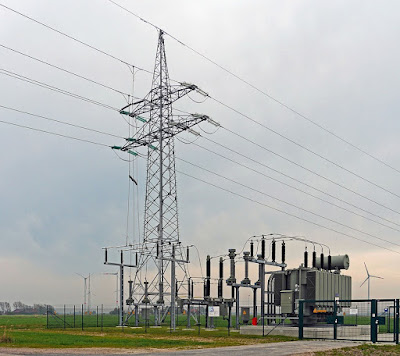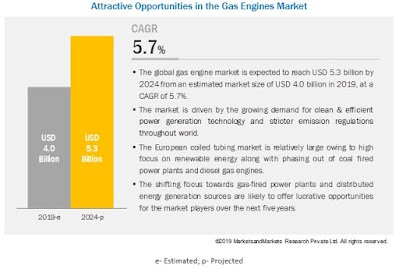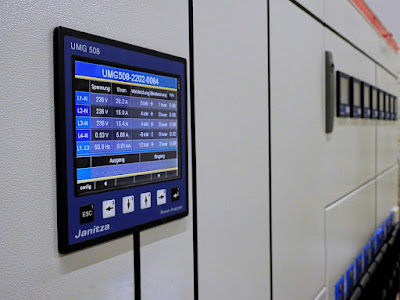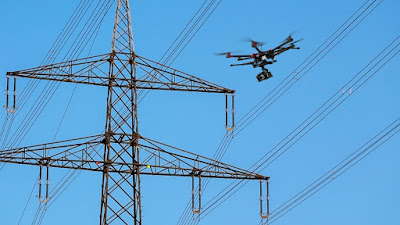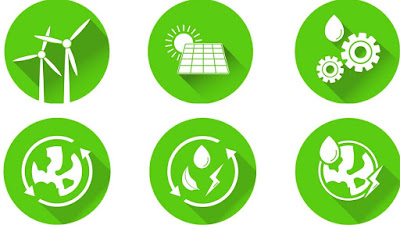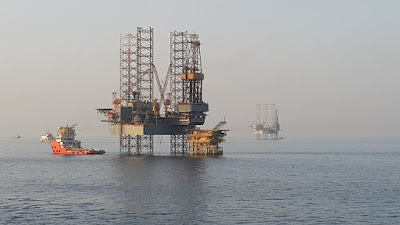According to the new market research report "Smart Grid Market by Component (Software, Hardware, Services), Application (Generation, Transmission, Distribution, Consumption/End Use), Communication Technology (Wireline, Wireless), and Region - Global Forecast to 2026", published by MarketsandMarkets™, the smart grid market size will grow to USD 103.4 billion by 2026 (forecast year) from USD 43.1 billion in 2021 (estimated year), at a CAGR of 19.1% during the forecast period. Smart grid technology enables the transition from a traditional energy distribution network to an intelligent electricity grid that allows two-way communication between the utility and its customers. The smart electric grid uses digital communication technologies, information systems, and automation for monitoring the energy flow and adjusting the changes in energy demand and supply. It also helps in real-time monitoring power consumption by coupling it with smart metering systems, providing consumers and suppliers with information on real-time power consumption. Thus, the smart grid helps improve system operating efficiency, thereby reducing the operational cost. Increasing demand for smart infrastructure in industrial, commercial, and residential environment to offer lucrative opportunities for the smart grid market during the forecast period.
Download PDF Brochure:
https://www.marketsandmarkets.com/pdfdownloadNew.asp?id=208777577
The software segment is the largest contributor in the smart grid market.
The software segment accounted for the largest share of the smart grid market, by component, in 2020. The software segment of smart grid market are further classified into seven types—Advanced Metering Infrastructure (AMI), Smart Grid Distribution Management, Smart Grid Network Management, Grid Asset Management, Substation Automation, Smart Grid Security, and Billing and Customer Information System.
The distribution segment is expected to dominate the smart grid market.
The distribution segment accounted for the largest share of the smart grid market, by application, in 2020. Efficient distribution application helps in quicker restoration of electricity after power disturbances, reduces operations and management costs for utilities, and ultimately lowers the power costs for consumers.
North America is expected to lead the smart grid market
North America includes countries such as the US, Canada, and Mexico. The US and Canada, which contribute heavily to the growth of the regional market. The region is estimated to account for the largest share of the global smart grid market, and a similar trend is expected to continue until 2026. One of the key reasons for the large market size is the early adoption of smart grid projects. The strong financial position of the US and Canada enables them to invest heavily in smart infrastructure platforms of the smart grid market.
Request Sample Pages:
https://www.marketsandmarkets.com/requestsampleNew.asp?id=208777577
The smart grid market in US is expected to grow mainly because it is the most mature market in terms of smart grid deployment, advanced IT infrastructure, the presence of several enterprises, and the availability of technical expertise in the country. Smart grid technology in the US is undergoing a considerable transformation as digital technologies are being applied to distributed energy resources. All these factors are expected to drive the growth of the market in North America.
The key players in the Smart Grid
Market include GE (US), ABB (Switzerland), Siemens (Germany), Schneider
Electric (France), and Itron (US).

